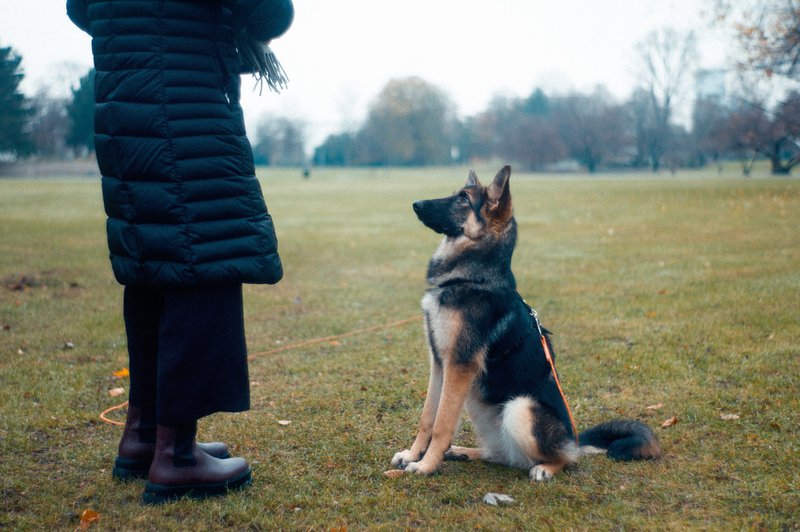Dog training is an art that requires patience, consistency and the right technique. It is important to remember that each dog is different and will respond differently to different techniques.

The first step in training a dog is to establish a trusting relationship between you and your pet. Spend time playing with your pup, taking them for walks, and getting to know their personality. This will help you understand how best to communicate with them during training sessions.
Once you have established a bond with your dog, it’s time to begin teaching them basic commands. Start by using simple words such as “sit” or “stay” and reward them when they obey the command correctly. Make sure to provide positive reinforcement such as treats or verbal praise when they do something correctly.
As your dog advances in their training, introduce more complex commands such as “come” or “heel” which require more focus from the pup. When introducing new commands, be sure to break them down into smaller steps so that the pup can understand what is expected of them.
It is also important to maintain consistency in your training methods; this means not only repeating commands but also providing the same rewards for correct behavior each time. This will help ensure that your pup understands what behavior is expected of them and that they are rewarded for it consistently.
Finally, don't forget to have fun! Training should be enjoyable for both you and your pup; it's important not to get frustrated if progress isn't immediate — it takes time for dogs (and humans!) To learn new skills!
Pros:
1. Improved behavior and obedience
2. Increased bond between dog and owner
3. Enhanced safety for both the dog and people around them
4. More enjoyable experiences when taking the dog out in public
5. a Greater understanding of canine communication and body language
Contras:
1. Proceso demorado para entrenar a un perro adecuadamente
2. Puede ser costoso si se contrata a un entrenador profesional
3. Se necesita usar métodos de refuerzo positivo consistentemente
4. Difícil entrenar ciertos comportamientos, como agresión o miedo
5. Puede causar estrés tanto para el dueño como para el perro si no se hace correctamente
by
Tags: